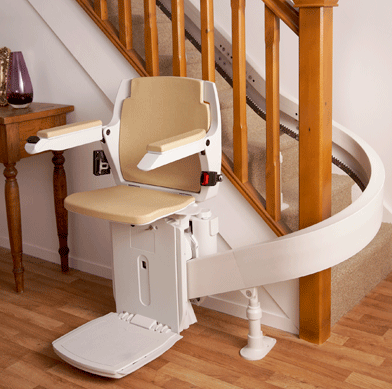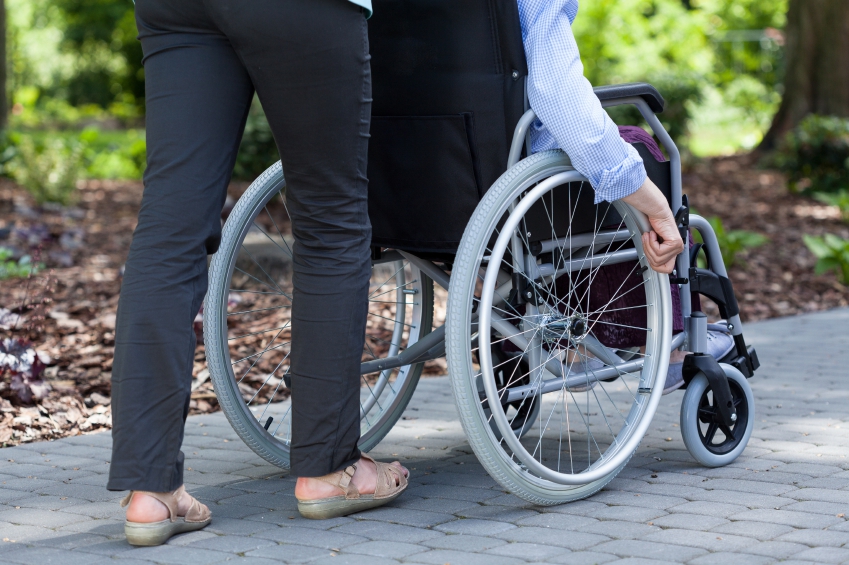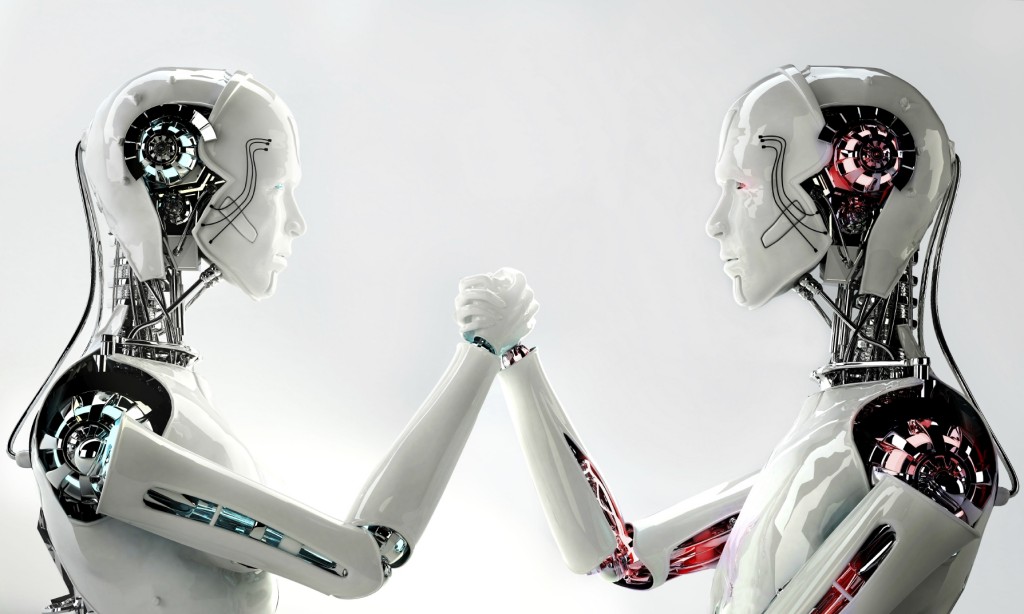
In recent times, there has been a boom in the advancements of technologies for mobility issues. Some are for people with minor mobility issues. Others are for individuals who have badly affected mobility.
Advancements in technologies have changed the lives of millions who suffer with mobility issues across the world.
The developments we are seeing in technologies are helping people with mobility issues lead normal lives.
Here at UK Stairlifts we decided to list some of the most important technological advancements we have seen; from the basic to more advanced. All of these tech advancements have changed people’s lives for the better over the years!
Mobility Issues: Stairlifts
This advancement is obviously close to home for the team here at UK Stairlifts. The use of stairlifts is of paramount importance in modern times. It helps people with mobility issues maintain their independence around the home.
It is thought that a form of stairlifts have been around since Henry VIII’s reign. He had a rope and pulley system that was operated by his servants at Whitehall Palace.
Since then, stairlifts as we know them began to come to into development in the 1930’s. They have been developed over the years to the point where they are extremely adaptable and can fit almost any form of stairs.
Stairlifts are now fitted to cause as little disturbance to people’s lives as possible. They have folding seats to ensure they don’t take up a lot of space, and the mechanisms have been streamlined to take up less space on the stairs.
In more recent times, it even became viable for stairlifts to be fitted on outside stairscases. This is of great benefit to people who need to ascend stairs to get to their house.

Mobility Issues – Scooters
Scooters have provided a massive boost for people who are unable to use wheelchairs due to a lack of mobility. They enable people to get around with ease by simply using their hands, rather than having to wheel their own chair.
This is perfect for people who have limited use of their upper body muscles, and for older people who are simply too weak to wheel their own chair.
Wheelchairs
Wheelchairs have been around for a while now, but their importance for people with mobility issues cannot be understated. They help millions of people who struggle to walk, or find it impossible to do so because of illness, disability or injury.
Wheelchairs as we know them have been around since the 1930’s. But basic variations of the wheelchair were being made as early as the 18th century. It was known as the ‘Bath Chair’, and was used in the same way as we do today.
The lightweight steel versions that we are accustomed to in the 21st century were first invented in 1933 and went to mass market. It included the x-brace design that is still used in today’s wheelchairs.
There are now wheelchairs available that are specifically used for sport. This has given people with mobility issues a real sense of empowerment. They can engage with sport as they did when they were mobile. They are able to partake in all manner of sports including basketball, racing, tennis and rugby.

Mobility Issues: Computer Assistance
Using computers can be difficult for people who have mobility issues and new technologies have been put in place to aid them.
For individuals with severe mobility issues, a conventional keyboard can be swapped out for scanning or Morse code input. This can be done with several parts of the body to ensure that all people are still able to use computers.
There is also an oversized trackball mouse available for sale. This has a rollerball on top of the mouse, rather than underneath. By using the ball to control the mouse on screen, people who struggle with their hand mobility will find it easier to control their computer.
This kind of technology is cutting edge and can cater for people with all levels of mobility issues.
Advanced Technologies
When it comes to more advanced technological advances, in recent times there have been leaps forward in this field.
We have seen new inventions come into place that could be rolled out into mass production, and further enhance the lives of people with limited mobility issues.

ReWalk Exoskeleton
The ReWalk Exoskeleton is a new innovation brought to us by Israeli engineer, Amit Goffer. He used his own mobility issues to design the device that can help people with spinal-cord injuries walk normally again.
It is a wearable robotic exoskeleton that can allow people to stand upright walk, turn and walk up and down stairs. If this could be rolled out on a large scale it would change people’s lives who have been wheelchair bound for long periods.
It can also be used in rehabilitation at clinics to allow people who have had mobility issues to gain invaluable therapy sessions. If this technology becomes affordable in the future, we could see many people using this to allow them to walk normally again.
iBot Stair-Climbing Wheelchair
This innovation came around in 2001 and never really took off due to its expensive price tag. However, it is making a comeback with the help of Toyota and could be the future of wheelchairs.
It would act in a similar way to the conventional wheelchair but have the capabilities of climbing stairs. This would greatly increase a wheelchair users sense of freedom and they also gain independence. See the IBot stair-climbing wheelchair here.
Phone Apps
Several phone apps have been released to aid individuals with mobility issues. Apps of their kind are likely to become popular due to being so useful. Expect to see plenty more being released in not too distant future.

AXS Map App
Wheelchair users often face daily obstacles when out and about. Things like finding the nearest wheelchair-accessible toilet and ramps into public areas can be difficult to find in big cities.
This app makes this easy for users as it works much like Google Maps. It pinpoints all the key locations that people with mobility issues may need to use on a daily basis. Pretty useful! Things like ramps into a shopping centre and key buildings.
This app is extremely useful and continues to add new locations constantly. So it will only become more of an asset with time.
Assist-Mi App
This app is aimed primarily at wheelchair users, but is being used by people with all types of mobility impairments.
It allows the user to reach out for assistance in an instant directly through the app. It contacts care service providers who are instantly available to give care to people in need.
The Assist-Mi app also incorporates a two-way communication between the user and the service providers to ensure that there is no miscommunication.
It can be used for anything from needing help getting to work or even collecting some shopping if the person with limited mobility is having issues.
If you or someone you know has mobility issues and is needs a stairlift, then don’t hesitate to contact us on 0800 046 3438. Here at ALS Stairlifts, we have an expert team waiting to give you guidance on which type of stairlift is right for your requirements.

